THE UPROAR OVER FRANKLIN ROOSEVELT MOVING THANKSGIVING DAY

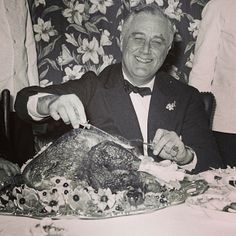 Franklin Roosevelt accomplished many things. He was elected president four times and led America out of the Great Depression and into victory in World War II.
Franklin Roosevelt accomplished many things. He was elected president four times and led America out of the Great Depression and into victory in World War II.
Yet there was one thing even this most remarkable of presidents couldn’t do. As he learned the hard way, you don’t fool around with Thanksgiving.
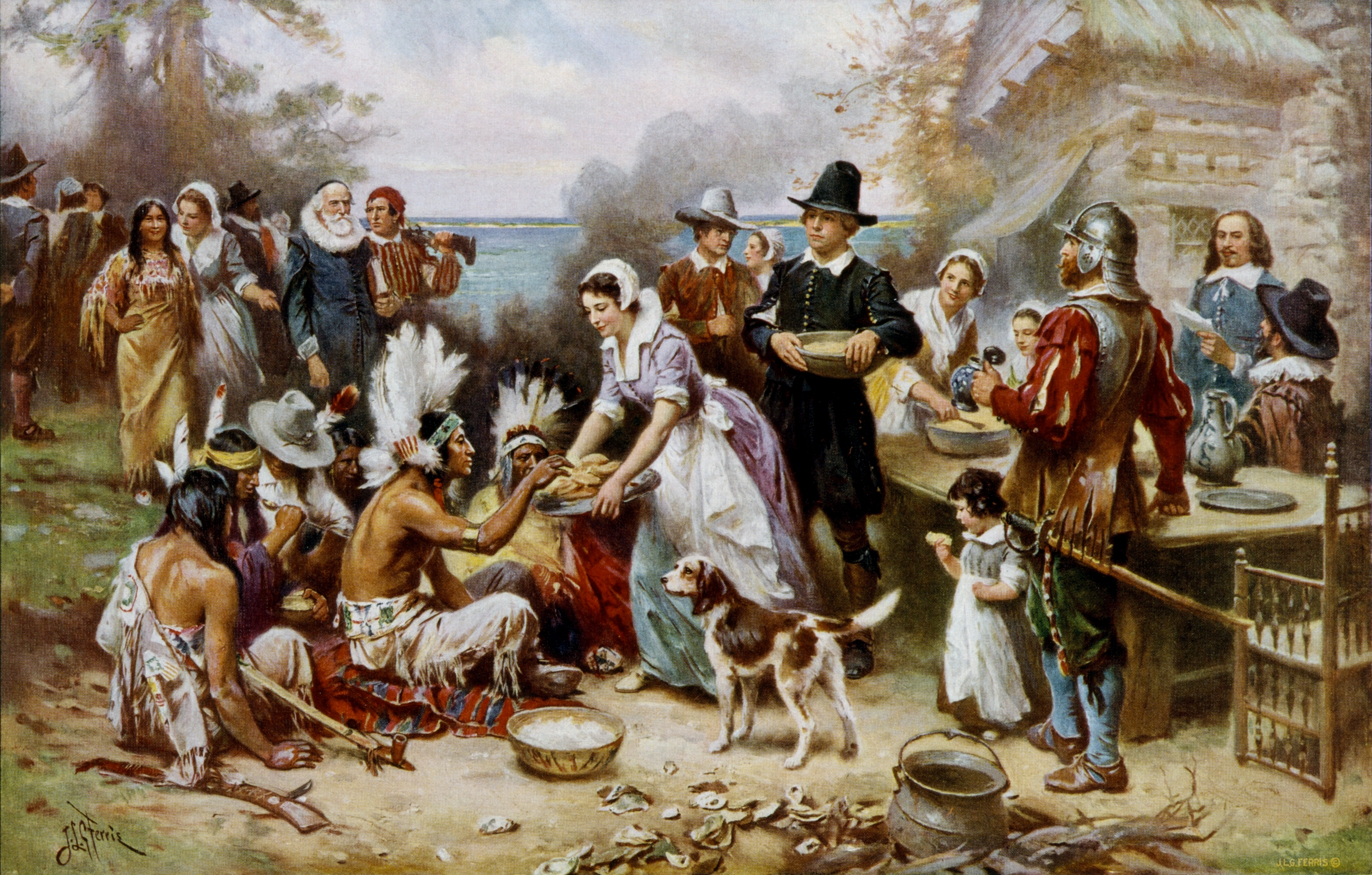 We all know how the Pilgrims observed the first Thanksgiving celebration. (Though historical research suggests it was held between September 11 and November 11, 1621, not in late November.)
We all know how the Pilgrims observed the first Thanksgiving celebration. (Though historical research suggests it was held between September 11 and November 11, 1621, not in late November.)
It was an on-again, off-again thing over the next 150 years. George Washington issued the first Thanksgiving Day presidential proclamation in 1789 designating Thursday, November 26 as the holiday. Six more followed in the coming decades. (Neither of James Madison’s were observed in fall.) Governors in two dozen states got in on the act, setting their own dates.
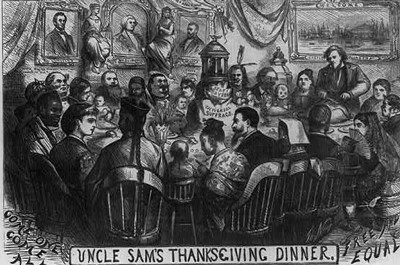 Finally, in 1863 Abraham Lincoln established the tradition we know today. He proclaimed the last Thursday that November as Thanksgiving Day. And so it was commemorated every year thereafter.
Finally, in 1863 Abraham Lincoln established the tradition we know today. He proclaimed the last Thursday that November as Thanksgiving Day. And so it was commemorated every year thereafter.
Until 1939. The country was still clawing its way out of the Depression. It had slid into a nasty recession in 1937-38; although things we better by ’39, the economy was far from robust. Then the calendar dealt retailers a nasty blow.
 There were five Thursdays in November 1939. Observing Thanksgiving Day on the traditional last Thursday of the month put it on the 30th. Then as now, the Christmas shopping season could make or break stores. It was considered bad taste back then to launch the holiday shopping season before Thanksgiving; so-called blue laws kept shops closed on Sundays, too. That meant there would be only 20 shopping days in 1939’s Christmas season.
There were five Thursdays in November 1939. Observing Thanksgiving Day on the traditional last Thursday of the month put it on the 30th. Then as now, the Christmas shopping season could make or break stores. It was considered bad taste back then to launch the holiday shopping season before Thanksgiving; so-called blue laws kept shops closed on Sundays, too. That meant there would be only 20 shopping days in 1939’s Christmas season.
So business owners turned to FDR for help. They persuaded him to proclaim Thursday the 23rd as Thanksgiving Day, adding six precious days for gift buying.
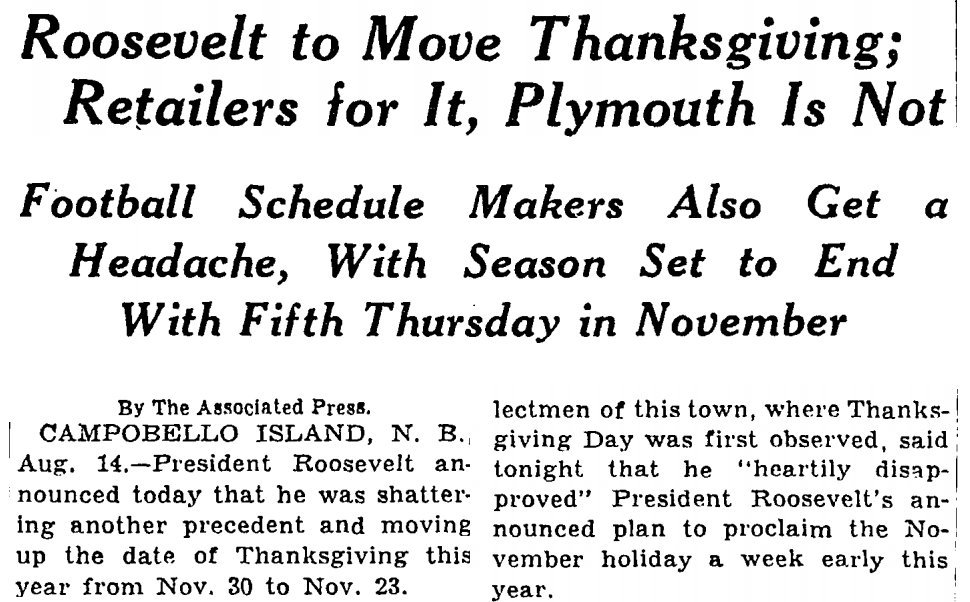 When the public heard about it in August, the outcry was seismic. In the eyes of many Americans, Thanksgiving was almost sacred and moving it was blasphemy. A Gallup poll found folks opposed the change 62% to 38%.
When the public heard about it in August, the outcry was seismic. In the eyes of many Americans, Thanksgiving was almost sacred and moving it was blasphemy. A Gallup poll found folks opposed the change 62% to 38%.
Roosevelt was a deeply polarizing politician, so it’s no surprise the divide followed partisan lines. Atlantic City, New Jersey’s very young (and very Republican) mayor Thomas Taggart called the new date “Franksgiving” (after the Democrat Roosevelt’s first name).
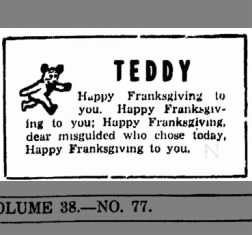 Alf Landon, FDR’s 1936 GOP opponent, accused the president of “springing it upon an unprepared country with the omnipotence of a Hitler.”
Alf Landon, FDR’s 1936 GOP opponent, accused the president of “springing it upon an unprepared country with the omnipotence of a Hitler.”
The switch also caused huge headaches for college football teams, who’d already planned major games between traditional rivals on November 30th. They scrambled to readjust their schedules.
Presidential proclamations are only expressions of sentiment; they aren’t legally binding. State governments in 22 of the then 48 states decided to observe Thanksgiving on the 30th. The other 23 states stuck with the 23rd. And three states –Colorado, Mississippi and Texas- observed both dates! (Apparently people there picked whichever Thanksgiving Day they wanted.)
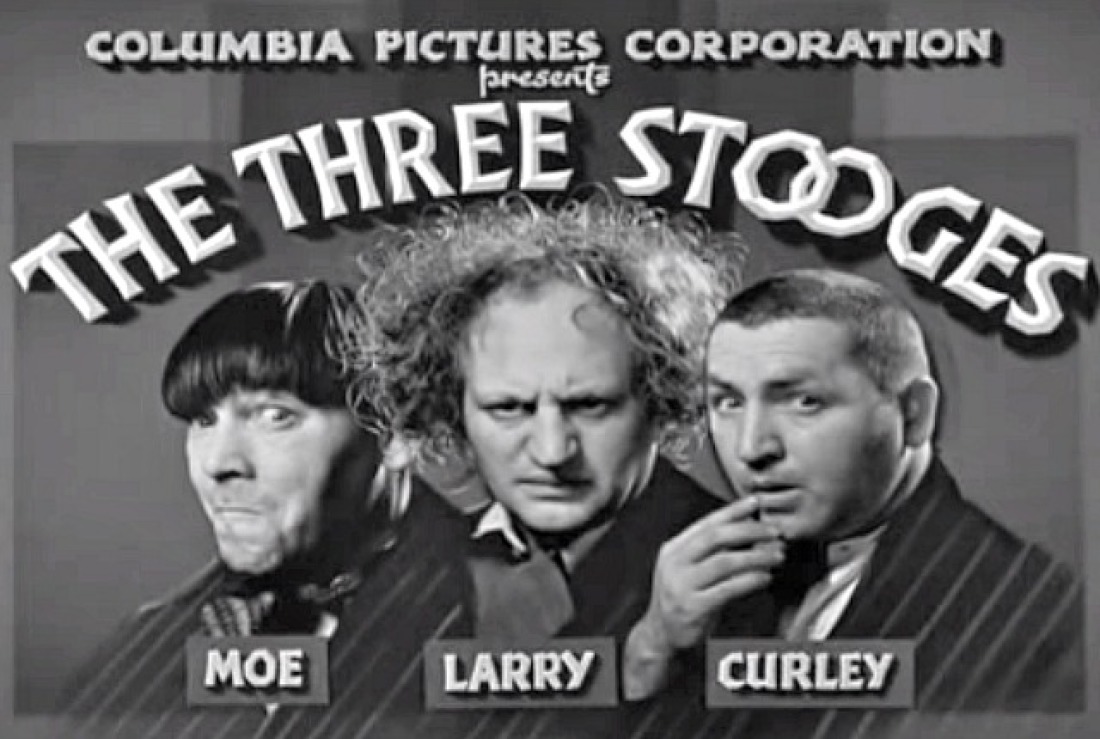 Comedians had a field day. It was a huge topic on radio shows. The Three Stooges even joined in the fun. In their short film No Census, No Feeling, Curly says the Fourth of July is in October. When Moe disputes that Curly replies, “You never can tell. Look what they did to Thanksgiving!”
Comedians had a field day. It was a huge topic on radio shows. The Three Stooges even joined in the fun. In their short film No Census, No Feeling, Curly says the Fourth of July is in October. When Moe disputes that Curly replies, “You never can tell. Look what they did to Thanksgiving!”
There was more division again in 1940, with states squaring off in separate “Democratic Thanksgiving” and “Republican Thanksgiving” Days.
By 1942, Congress had had enough. It passed a law formally declaring the fourth Thursday of November as the holiday’s official date. FDR was thrilled to toss that hot potato out of his lap and quickly signed it the bill.
A final bit of irony: a 1941 Commerce Department study found moving Thanksgiving Day ahead an extra week hadn’t produced a noticeable increase in holiday retail sales. Meaning the colossal headache had been for nothing.
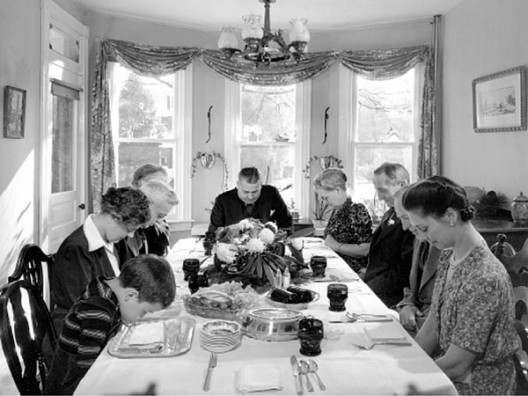 As with so many other ideas coming out of Washington, DC, “Franksgiving” quietly disappeared into the “seemed like a good idea at the time” file.
As with so many other ideas coming out of Washington, DC, “Franksgiving” quietly disappeared into the “seemed like a good idea at the time” file.
Did you find this enjoyable? Please continue to join me each week, and I invite you to read Tell it Like Tupper and share your review!
Curious about Tell It Like Tupper? Here’s a chance to see for yourself. Take a sneak peek at a couple chapters in this free downloadable excerpt.
